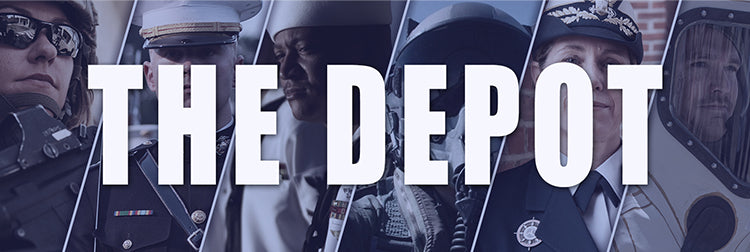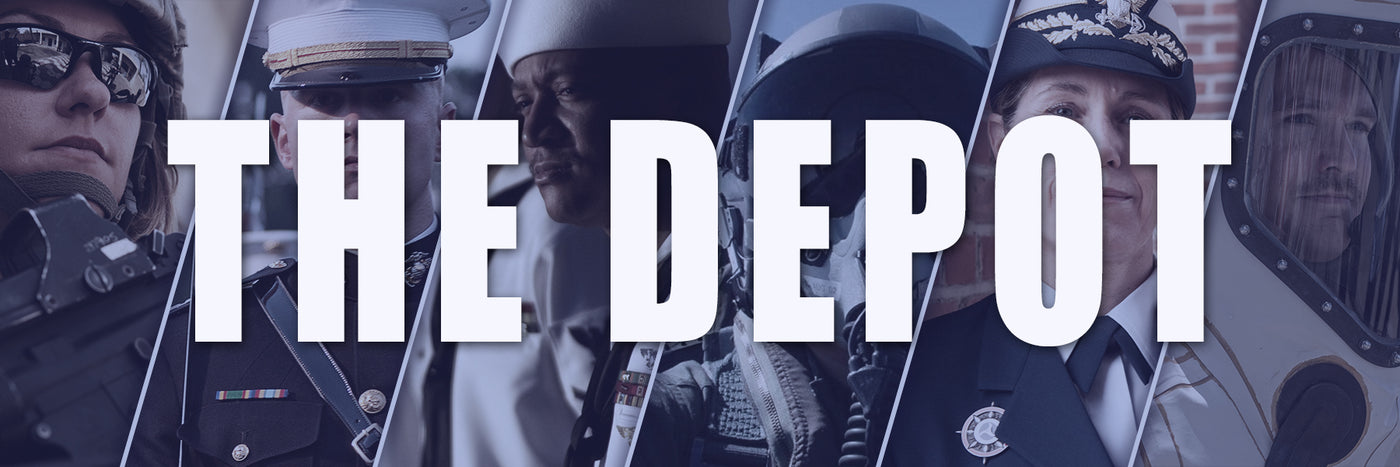
Harlem Hellfighters: Who Were They?
The 369th Infantry Regiment was formed in 1913 as the 15th Infantry Regiment. It was a New York Army National Guard infantry unit and one of the first few U.S....
Blog Staff |
ARMED FORCES SUPER STORE 1-877-653-9577 | 8 - 7 CST MON-FRI



The 369th Infantry Regiment was formed in 1913 as the 15th Infantry Regiment. It was a New York Army National Guard infantry unit and one of the first few U.S....
Blog Staff |